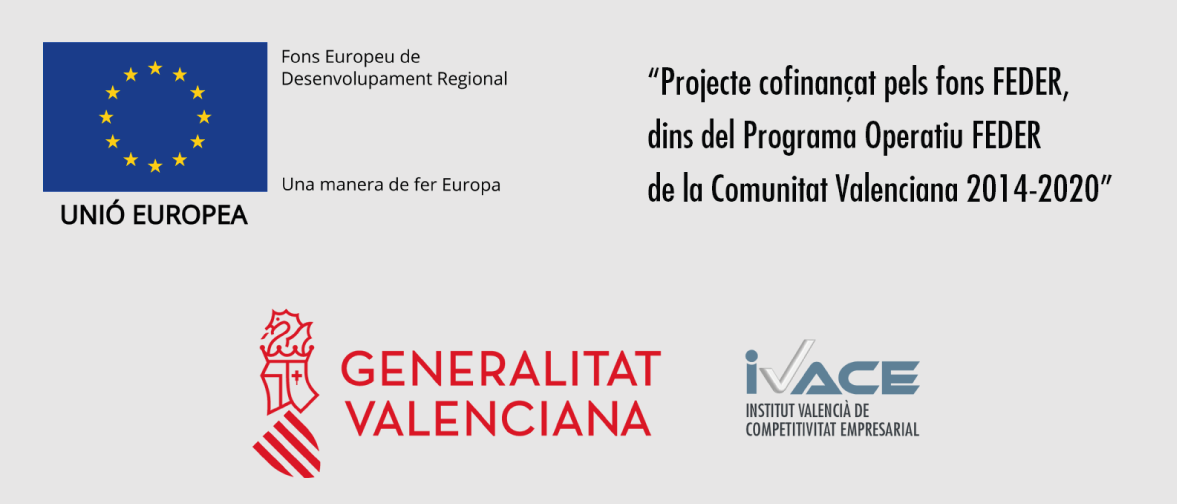2.2.2 - Quality analysis and preprocessing
The tools and analyses for data preprocessing are the same as those used during the Tophat/Hisat2 & Cufflinks protocol in Section 2.1.2 of this tutorial. This means that you do not need to repeat these analyses, just do the following:
-
Move the fastq files preprocessed with the Tophat/Hisat2 & Cufflinks protocol from the Tophat_cufflinks/02_preprocessing folder to the Mapping_counting/02_preprocessing folder because you will use these fastq files in the mapping step.
-
Move the fasta file with the fSpaAur1.1 reference transcriptome from your directory browser to the Mapping_counting/03_refseq. As previously said, the GTF file is not necessary.

